Hydrogen A to Z Series: C For Cryogenic
By: GenH2 Staff
Read Time: 4 minutes
Defining The Hydrogen Economy From A to Z: C is for the Five C’s of Cryogenic Hydrogen
Continuing in our Defining the Hydrogen Economy from A to Z series, we are revisiting the letter C and discussing the important C’s of Cryogenic Hydrogen, the heart of Liquid Hydrogen solutions for a cleaner energy future.
In cryogenics, we strive to take advantage of the energy dense state of fluids such as hydrogen. As fluids get to a low enough temperature (at ambient pressure) they become liquid, and even lower, they can freeze. You can think of it in terms of water. If you want a lot of water, you won’t try to take it in vapor. You’d want it in liquid form. This is one reason why we go cryogenic, but there are many more reasons. In fluids like nitrogen and hydrogen, their liquid to gas ratio is 1:694 and 1:848 respectively. This means that for 1 liter of liquid hydrogen, it can expand to 848 liters of gaseous hydrogen at atmospheric pressure. This is the first reason why we go cryogenic, but let’s run down the top five reasons.
At GenH2, we keep in mind the five C’s of Cryogenic Hydrogen: Compact, Clean, Compression Synergy, Control, and Capture
1. Compact
Liquefying hydrogen from gas to liquid form makes the energy storage compact. It’s also why storing it becomes a high-performance game. As we store these liquids in their saturated states, we have to deal with the incredible amount of heat leak coming from everywhere. You can liken it to trying to keep water from evaporating in a 500⁰ F oven. Luckily, we have decades of tried-and-true technology and methods of Liquefaction and Controlled Storage (LaCS) to enable indefinite storage and mitigate risks.
2. Clean
At both the production side and the liquefaction side, we take advantage of the smallest molecule on the periodic table. This allows us to employ small sized filtration to ensure high purity of hydrogen is ultimately dispensed and stored. Also, in low temperature fluids like hydrogen, we take advantage of the fact that helium is the only other molecule that can exist in gaseous form at 20 kelvin (-423 degrees F). Therefore, at 20 kelvin, every other fluid is frozen, which leaves liquid hydrogen, or gaseous helium. And as the hydrogen naturally evaporates, it can purge existing helium (if there was any!).
3. Compression Synergy
Compression Synergy is that intersection of compressive possibilities a cryogen provides at lower temperatures. When starting at a saturated liquid state, a cryogen will naturally warm and expand without work but from the heat that is allowed to come in from the ambient environment. This natural process alone can be used to create a high-pressure filled vessel. It can also be used to create a supercritical, highly dense fluid called cryo-compressed hydrogen. And of course, it can be used as liquid directly. That is, no matter the end-use application, the liquid can be used to conveniently provide high-pressure gas (GH2), compressed fluid (CcH2), or liquid hydrogen (LH2).
Starting with liquid at the source, the process can also act as the cooling power needed for pumps and compression equipment. Liquid hydrogen is perhaps the perfect example of a fluid state that perfectly provides compressive synergy, with all cases being valid and efficient methods for hydrogen delivery.
4. Control
As prefaced above, we’re essentially trying to keep water liquid in a hot oven. Through years of research and experimentation, we’ve reached the point that we can control the state of the fluid, its transfer, and its storage. It might sound trivial, but it’s problem that has eluded some of the best minds for years. And there are some who may still say “zero boiloff of LH2 is impossible.” Well, at GenH2 we control the storage and transfer of our liquid hydrogen and can keep it liquid indefinitely as needed. With complete control, we can achieve a safer, more efficient, and more flexible operation.
5. Capture
Because hydrogen can be obtained from many sources, like methane and water, it makes it possible to capture the by-products or pollutants while using the cold from the liquefaction process. In the use of cryogenic carbon capture techniques, CO2 exhaust gas can be frozen and liquefied to prevent it from going into the atmosphere. This can effectively, massively reduce CO2 emissions from the plants and makes processes like steam methane reform safe for the planet. Cryo-adsorption techniques can also be used to effectively capture and store hydrogen molecules in dense form such as in our licensed Cryo Flux Capacitor technology.
There is much to explore about the capabilities and advantages of cryogenics and liquid hydrogen, many of which will be expounded in subsequent blogs of defining the hydrogen economy.

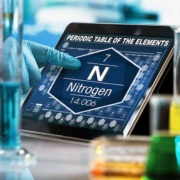

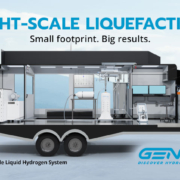

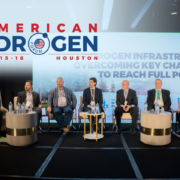
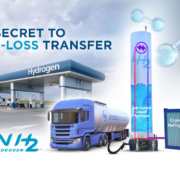
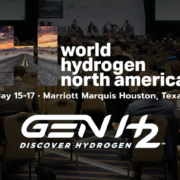
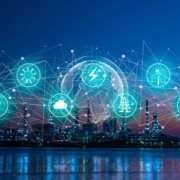

 Copyright All Rights Reserved GenH2
Copyright All Rights Reserved GenH2